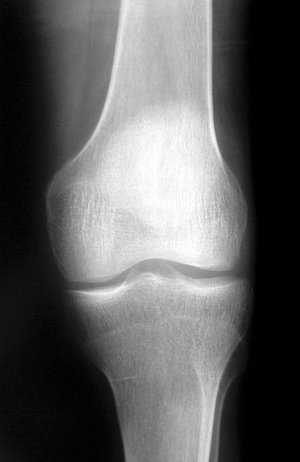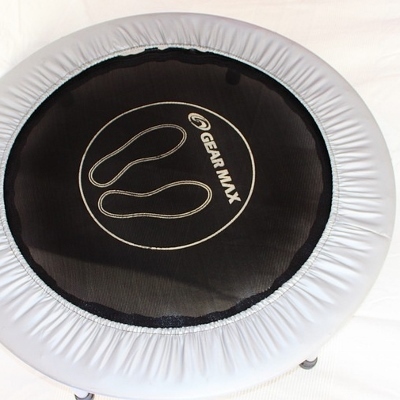 Injuries come in many forms. There are some injuries that “make sense,” such as the ones that are a result of training errors: adding too many miles, running too fast too soon, and similar variations. But sometimes, they don’t make sense and seem downright unfair. Maybe you’ve been running the exact same amount as your friend, and you end up with a stress fracture and your friend doesn’t. Maybe you took the exact amount of time off that the doctor told you to take off for an injury, but for some reason the injury returns immediately and it’s worse than before. What’s going on? Why you? Here are 4 potential sources of injury that are much less obvious than training errors:
Injuries come in many forms. There are some injuries that “make sense,” such as the ones that are a result of training errors: adding too many miles, running too fast too soon, and similar variations. But sometimes, they don’t make sense and seem downright unfair. Maybe you’ve been running the exact same amount as your friend, and you end up with a stress fracture and your friend doesn’t. Maybe you took the exact amount of time off that the doctor told you to take off for an injury, but for some reason the injury returns immediately and it’s worse than before. What’s going on? Why you? Here are 4 potential sources of injury that are much less obvious than training errors:
- Commute/Job – Longs periods of sitting inactively restricts blood flow while the unused muscle become weaker and shortened. Suddenly heading out on a run after a long commute puts those weakened muscles (and nearby ones that take on unexpected loads) at higher risk for injury. Bad posture during work can also lead to bad form while running. During the workday or a long commute, do your best to activate your muscles to some degree in order to keep a balanced muscle system.
- History – That ankle you sprained badly in high school gym class? Yep, that made you more prone to pick up the same injury the next time you landed funny on a root in the woods. The problem can perpetuate for months, if not years. Any number of seemingly non-running-related accidents (e.g. shoulder injury) could also negatively affect the way you carry yourself while running and thus cause injury.
- Everyday Shoes – So during your daily runs you wear those shoes that your podiatrist recommended, but what do you wear during the day? Those who trade in their trainers for heels and tight toe boxes during the work day are more likely to have shorter calf muscles and stiffer Achilles tendons, a recipe for injury.
- Genetics – The shape and composition of your body affects your likelihood of getting injured, and that’s not just regarding weight. A number of people are born with bone imbalances, such as one leg being slightly longer than the other. Unfortunately, one small imbalance can put you at a higher risk for injury due to one limb taking on more stress than the other. Strength training to counteract an imbalance can be particularly useful. Genetics also largely determine your muscle fiber type. If you were born with a high percentage of high-twitch fibers, baseball practice would be just fine for you, but training for that half marathon will be harder on your body than on someone who instead has a higher percentage of slow-twitch fibers.
You’ll notice that some sources are out of your control. It can truly be luck of the draw. However, if you can be mindful of the sources that can be influenced by your behavior, you just might be able to keep yourself injury free for a little extra time.





